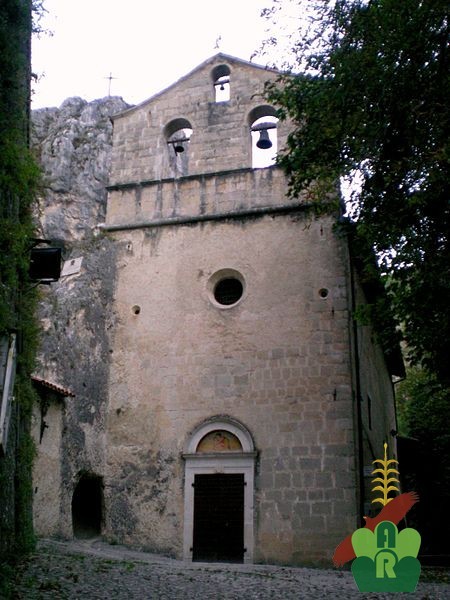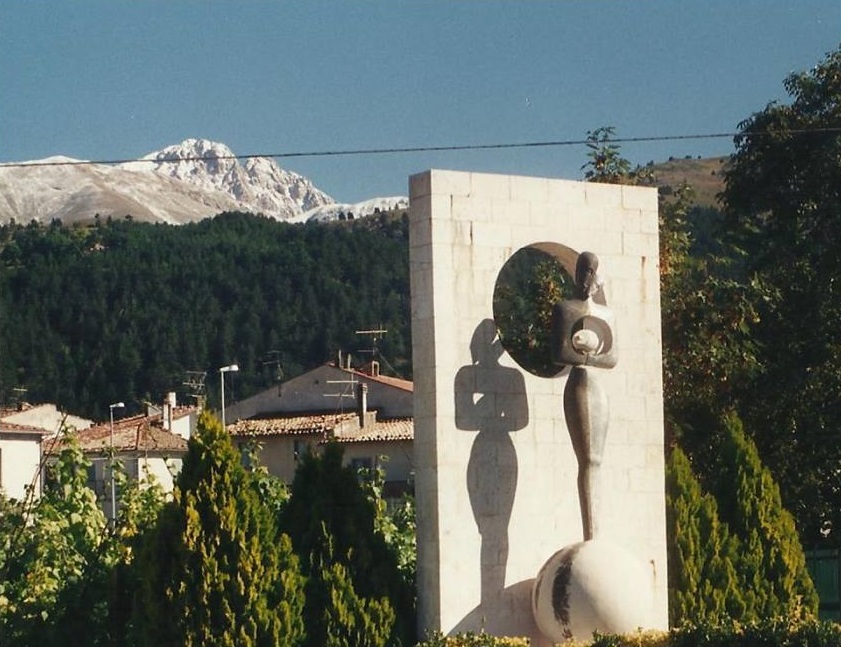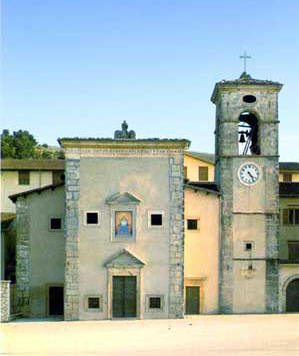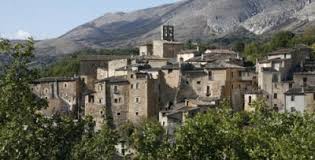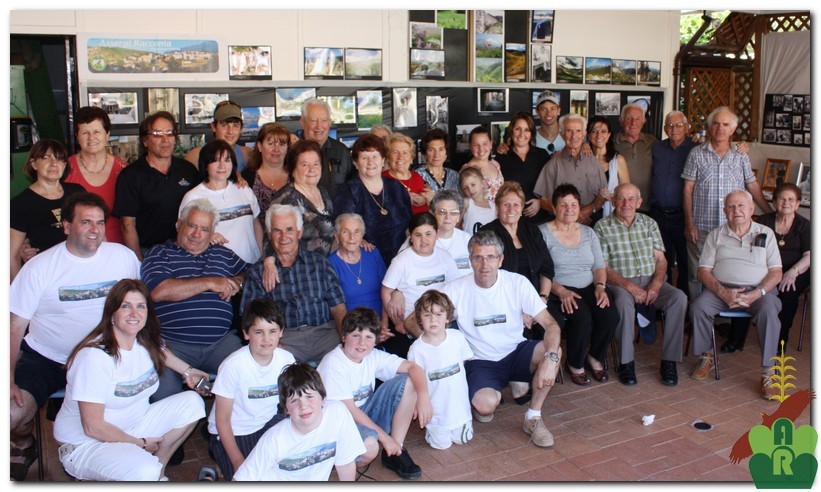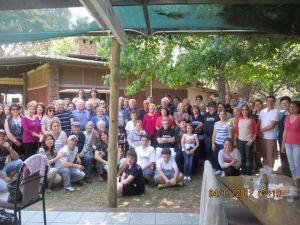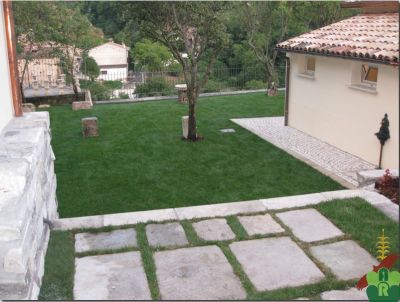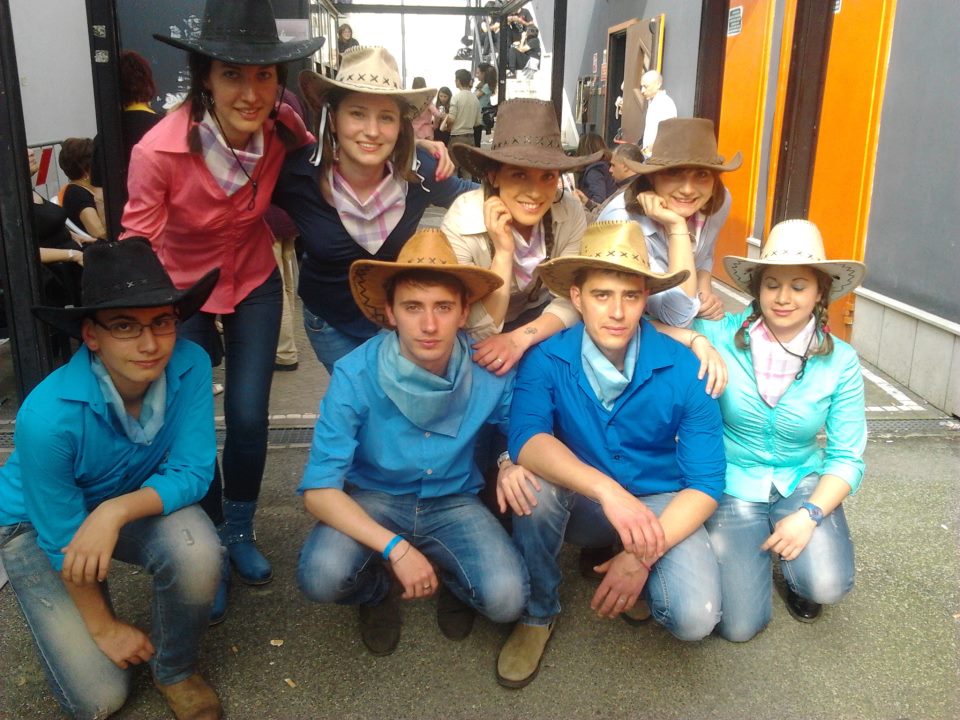The Largest Underground Particle Physics Laboratory In The World, Italy
Posted by Antonio Giampaoli
| 2014-08-06 | Commenti: 3 | Letto 989428 volte
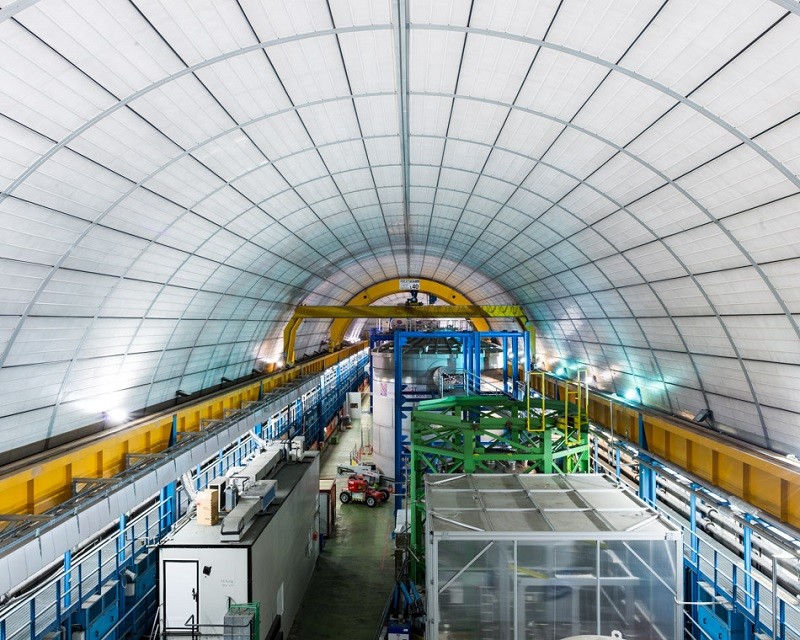
-From the alastair philip wiper website - Nestled 1.4 kilometers under the highest mountain in central Italy, the Gran Sasso, is the Laboratori Nazionali del Gran Sasso (LNGS). The first experiments were conducted here in 1989, when the laboratory was built at the same time as the construction of a road tunnel through the mountain. Scientists proposed that digging a few extra kilometers of tunnel alongside the road would yield one of the most promising underground laboratories ever conceived, and so it was done. A small slip road in the middle of the tunnel leads to this fantastic laboratory, that hosts experiments which aim to give insight into the workings of the universe. The laboratory is used by scientists form 24 different countries, and at present around 750 scientists are engaged in about 15 experiments that aim to answer questions such as “How did the universe begin?” and “How do stars work?”.
When I entered the laboratory my understanding of particle physics could be best described by the phrase “a little knowledge is a dangerous thing”, and when I left my brain was leaking out of my ears. But I will try and explain the very, very basics of what is going on here, until my eyes glaze over, my head becomes empty and I slump on my keyboard with a soft, monotonous, barely audible groan seeping from my throat for the rest of eternity.
Despite being located so far underground, the main purpose of the laboratory is to study what is happening in outer space. The earth is constantly being bombarded by cosmic rays that create particles called muons – these particles are harmless, but make life very difficult for experiments aimed at detecting and studying other types of particles. So by placing 1400m of solid rock above the laboratory, most of these muons can be filtered out (about a million times less reach the laboratory than hit the surface) to allow experiments on harder to detect particles, making the LNGS one of the least radioactive places in the world.
Among other things, scientists at LNGS are looking for dark matter. At the moment, dark matter only exists in theory, but the hunt is on. Dark matter is thought to be all around us, all the time, and it is believed that up to 85% of the universe could be made up of dark matter. Theoretically, it consists of particles called wimps – weakly interacting massive particles – huge particles that very rarely interact with the universe around it, making them almost invisible. Scientists realised that something like dark matter must exist when they tried to work out what the mass of galaxies should be. First they looked at all the planets, stars and moons, did some sums, and worked out the mass from that. Then they looked at how fast the galaxies were spinning, did some sums, and worked out the mass again. The two numbers should have been more or less the same, but they weren’t – the mass calculated by looking at the galaxies spinning was about 10 times greater than the counting method. By ruling out all other possibilities, scientists deduced that there must be something out there with a very large mass that holds everything together, but which interacts very weakly with the universe around it: dark matter.
Other experiments at LNGS are looking for different things: since 2006 the OPERA and ICARUS experiments have been detecting a beam of muon neutrinos directed from CERN in Switzerland, 730 km away. The experiment is looking for tau neutrinos in the beam, and in 2010 they actually found one, indicating a deficiency in the standard model of particle physics (don’t ask me to go there, please, just assume we both have a faultless understanding of the standard model and grab a martini). Every effort is made to protect these experiments from sneaky muons getting through the rock, as well as radon gas produced by the decay of uranium and thorium in the rock, so they are placed inside gas, which is placed inside pure water, which is placed inside more gas, which is placed inside more water, and so on – or something like that.
One experiment called CUORE (if you can make it past the first paragraph of the wikipedia entry about CUORE you get a high five from Stephen Hawking) is shielded in lead that has been recovered from an ancient Roman shipwreck, because newly mined lead is too radioactive. Underground laboratories + Roman shipwrecks + particle physics = NERD ALERT! OK, you can probably tell that this is the point in the post that I have completely exhausted my intellectual prowess.
As I left the tunnel dragging my cerebral cortex behind me, I asked my guide Antonio where I could get a good home cooked Italian meal “like-a-mama-used-to-a-make-a”. He sent me to “Maria’s” where mama Maria served me some really nice food and wine. And then some more nice food and wine. And then some more nice food and wine. And then some more nice food and wine. I rolled out of Maria’s, lay down on a bench looking up at the mountain, contemplated what I had not learned today, drooled a bit, and all was well with the world.
Note: The only reason I managed to write anything vaguely intelligible about dark matter is largely down to this article by Robin Mckie for The Observer, which I have shamelessly paraphrased. Please have a read if you want to find out more …
TweetCommenta L'Articolo




















